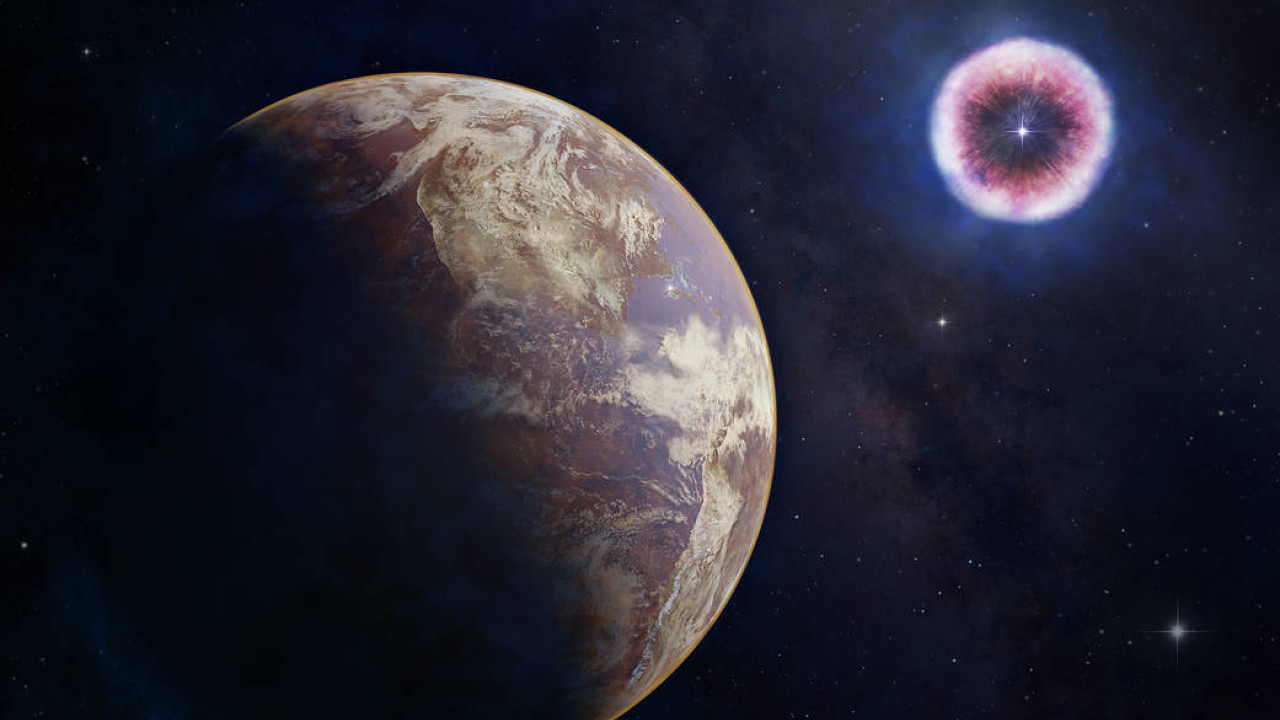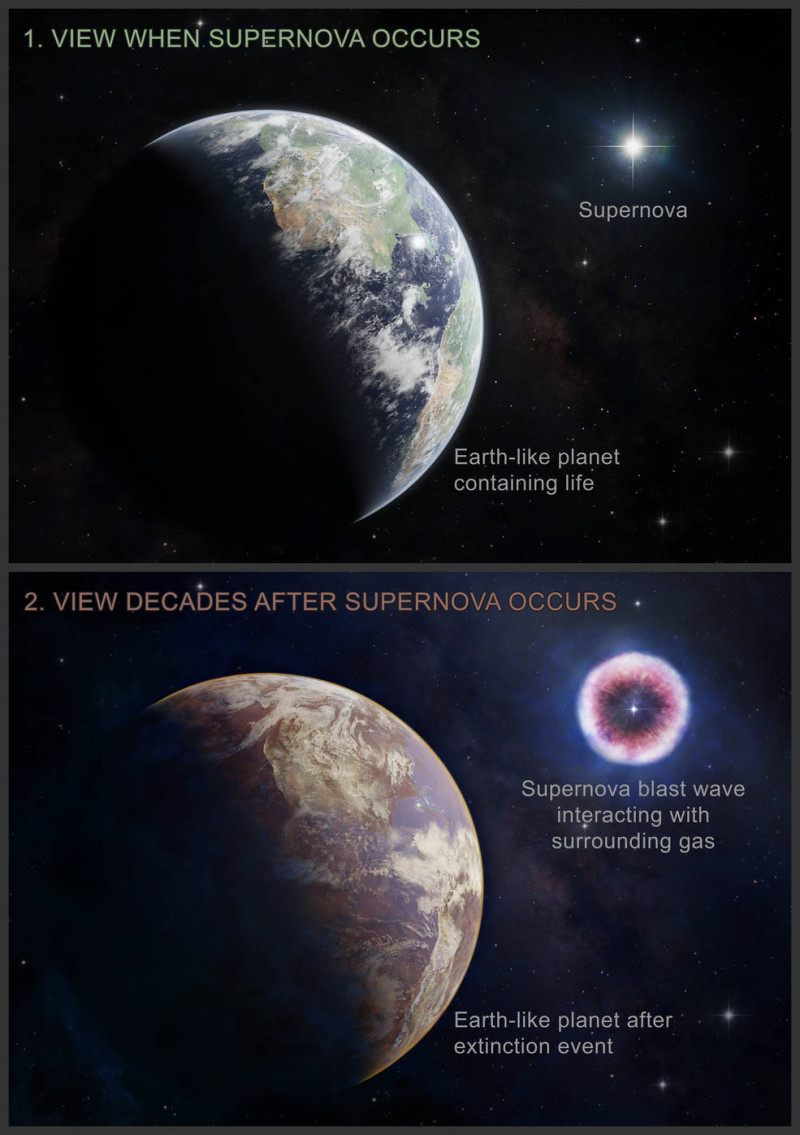
The X-ray wave that could trigger a star explosion reaches as far as 160 light-years away – which supernova has been recorded as closest to planet Earth
The unknown forces of the universe have been revealed to humanity… With the new advanced tools used by NASA and the space agencies it collaborates with, it has been able to “decipher” dozens of secrets, on distant worlds, where the laws of nature seem to adapt in every environment.
during Chandra X-ray Observatory, NASA Discover a new great danger to life on planets like Earth, and thus to humanity.
This threat, which Chandra recently detected, comes from the blast wave of a supernova striking the dense gas surrounding the exploding star. When this impact occurs, it can produce a large dose of X-rays that reach an Earth-like planet months to years after the explosion and can last for decades, 160 light-years away. Such intense exposure could cause the extinction of life on the planet.
A new study that points to this threat builds on X-ray observations of 31 supernovae and their effects — primarily by NASA’s Chandra X-ray Observatory, the Swift and Neustar missions, and the European Space Agency’s XMM-Newton — and shows that planets can be in deadly danger. The radiation doses are located about 160 light-years away.
Four of the supernovae in the study (SN 1979C, SN 1987A, SN 2010jl, and SN 1994I) They appear in composite images containing Chandra data which you can see in the image below.
Prior to this, most research on the effects of supernova explosions focused on danger from two periods: the intense radiation produced by a supernova in the days and months after the explosion, and the energetic particles that arrive hundreds to thousands of years later.
If a flood of X-rays engulfed a nearby planet, the radiation could dramatically alter the chemistry of the planet’s atmosphere. For an Earth-like planet, this process could wipe out a large chunk of ozone, which ultimately shields life from its host star’s dangerous ultraviolet radiation. It can also lead to the disappearance of a wide range of organisms, especially marine organisms at the base of the food chain, causing extinctions.
After years of lethal exposure to X-rays from a supernova reaction and ultraviolet radiation from the host star of an Earth-like planet, a large amount of nitrogen dioxide can be produced, causing a brown haze in the atmosphere.
Supernova “near” Earth from 2 to 8 million years ago
There is strong evidence – including detections at various locations around the world of a radioactive form of iron – that supernovae occurred near Earth between 2 and 8 million years ago. Researchers estimate that these supernovae were about 65 to 500 light-years from Earth.
Although Earth and the solar system are currently in a safe space regarding possible supernova explosions, many other planets in the galaxy are not. These high-energy events will shrink regions within the Milky Way, known as the galactic habitable zone, where conditions will be conducive to life as we know it.
source: skai.gr
Read the news today and get the latest news.
follow her Skai.gr on Google News And be the first to know all the news.

“Avid problem solver. Extreme social media junkie. Beer buff. Coffee guru. Internet geek. Travel ninja.”





More Stories
How did Pluto get a “flip” after the collision?
6 Hybrid with long electric range
The Boring Phone is a feature phone from Heineken and Bodega designed to be… boring – smartphones